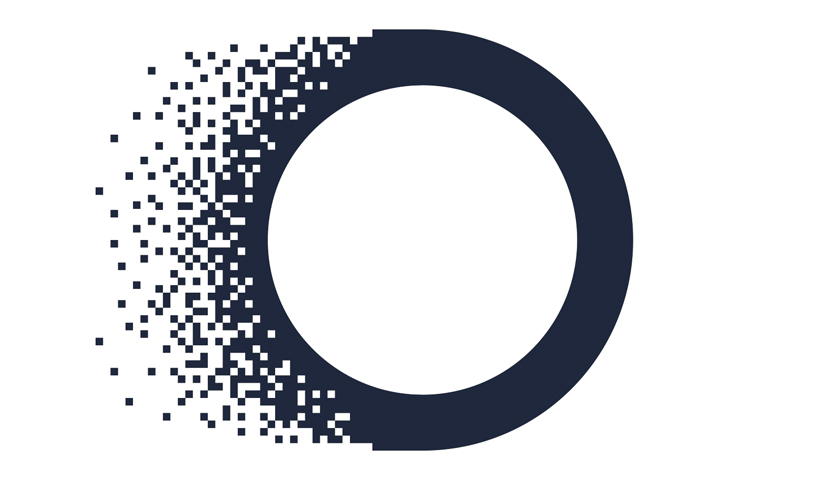Future Energy Outlook (FEO), a highly granular energy transition planning tool, shows that investing an additional $1.7 trillion on transmission infrastructure by 2040 would collectively cut electricity decarbonisation costs by $3 trillion globally.
FEO beta will be launched at COP28 by climate analytics non-profit TransitionZero. A study ‘Cables to Change the World’, which utilises the FEO platform, examined the primary risk to the global clean energy transition: the urgent need to modernise grids to access – and optimise for – low-cost renewable power. For the first time, the study quantifies new revenue streams for countries that become net exporters of clean electricity, facilitated by transmission systems. The modelling shows that countries such as India and Algeria can tap into their vast renewable resources, allowing surplus generation to be exported to other countries and regions.
The International Energy Agency (IEA) recently outlined that 1,5 TW of clean power are waiting for grid connection – fivefold the amount of renewable energy connected last year. TransitionZero’s analysis demonstrates how grid investments could significantly reduce and prevent waiting times caused by the physical constraints of existing transmission infrastructure.
Potential savings from building additional transmission and interconnector capacity:
-
China has deployed more than one-third of the global transmission expansion over the last decade. The country needs a further 500 GW of transmission and interconnector capacity by 2040. $557bn could be saved from this investment.
-
The United States grid capacity needs to double by 2040. The country needs a further 289 GW of transmission and interconnector capacity by 2040. $1.9tn could be saved from these investments.
-
South East Asia will require $191bn in grid investments for the optimal net-zero power system. This can lead to savings of $99bn, creating an opportunity for the region to become a net exporter of renewable energy.
-
Europe – the world’s largest interconnected grid – requires an investment of $71bn, to build additional transmission and interconnection of 74 GW, leading to savings of $350bn.
Grid infrastructure is a critical enabler for more efficient deployment of variable renewable energy, such as wind and solar. Nearly 60 regions, including the U.S. and EU are backing a target to triple global renewable energy capacity, to reach 11 TW, by 2030 – as a primary outcome of the COP28 climate summit. Transmission allows for the best placement of wind and solar resources and reduces the amount of generation and storage required. The savings identified by TransitionZero are based on the difference in costs between building a global net-zero power system by optimally expanding transmission and interconnectors, versus putting constraints on transmission and interconnector deployment.
Matthew Gray, CEO & Co-Founder, TransitionZero, said:
“Grid modernisation is the blind spot of the net-zero transition. Too often legacy ‘black-boxed’ data has detached energy models from what’s happening on the ground, preventing the grid build-out from keeping pace with the influx of renewables.”
“Our main enemy is time – there’s no time for missteps. For climate targets to be met, the effective build-out of transmission infrastructure, underpinned by open data is critical. Moreover, governments need to grasp that a decision not to invest in the grid, is a decision to build more expensive capacity, such as nuclear and biomass.”
FEO: unprecedented increase in accuracy, compared with existing models:
The FEO platform is an open source energy system modelling suite – built on the OSeMOSYS Global framework – that projects future growth of power production and generating capacity, using satellite data on power plants and grid infrastructure, combined with on-the-ground data. The main advantage of FEO over existing models is its geographic scope, flexibility, and transparency:
-
FEO shows the energy system status of 163 countries representing 99% of the global population, across 201 nodes. This compares to the IEA’s World Energy Model, which represents 29 regions.
-
FEO’s system optimisation includes projections of future electricity demand, fuel prices, technological costs and performance, as well as policies and regulations – giving a long-term view of the changing energy system.
FEO, launching in beta at COP28, helps energy leaders to answer difficult questions around the transition, including trade-offs with land use, climate mitigation, and other policy priorities. For updates on the launch of FEO, visit www.transitionzero.org.
In 2024, FEO will add a first-of-its-kind model builder to its features, allowing non-technical users to expedite energy transition planning decisions through an intuitive web interface. TransitionZero’s ultimate goal is to create and scale a global standard for energy planning data. With FEO as a data platform, TransitionZero aims to create a network effect, where the usability and value of the energy system data increases as more users engage with it.
FEO’s modelling is already slated for energy transition projects and insights to organisations like the Vulnerable Twenty (V20) Group of Countries, United Nations ESCAP, and Sustainable Energy for All (SEforALL).
